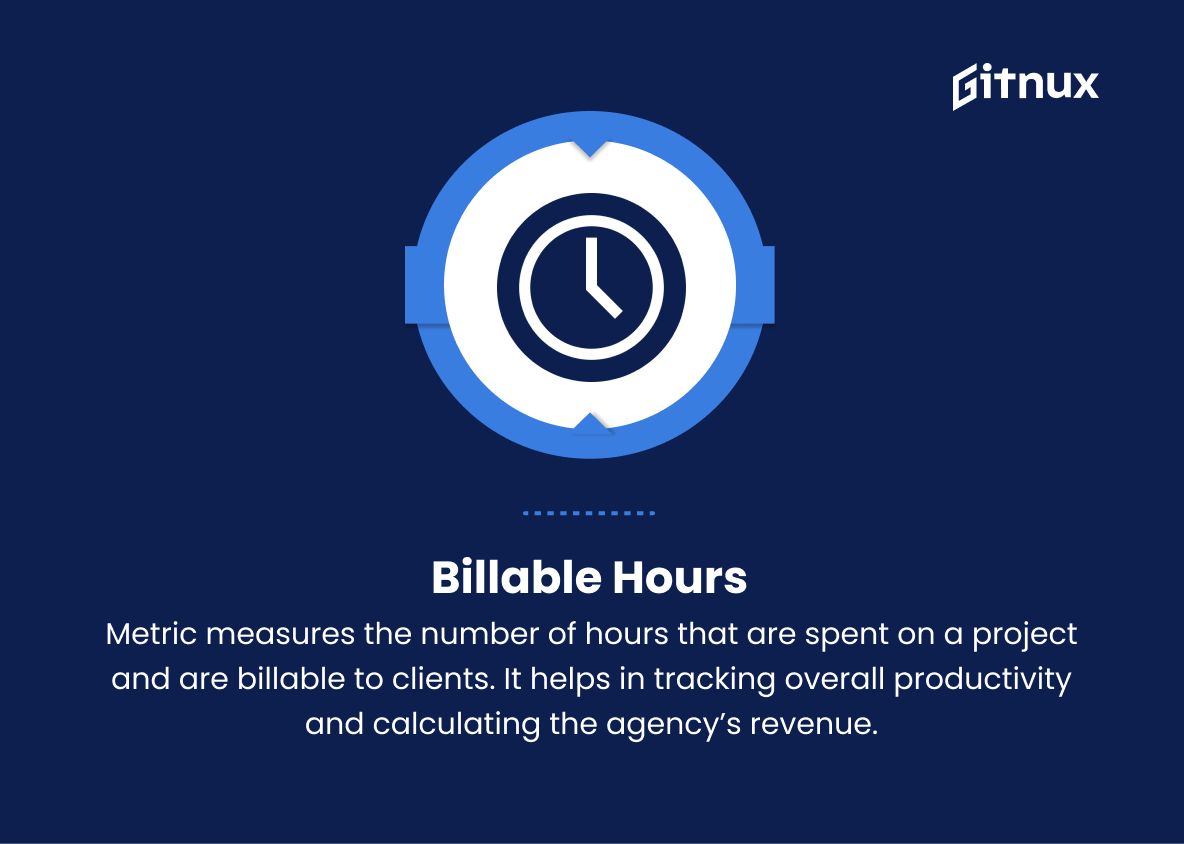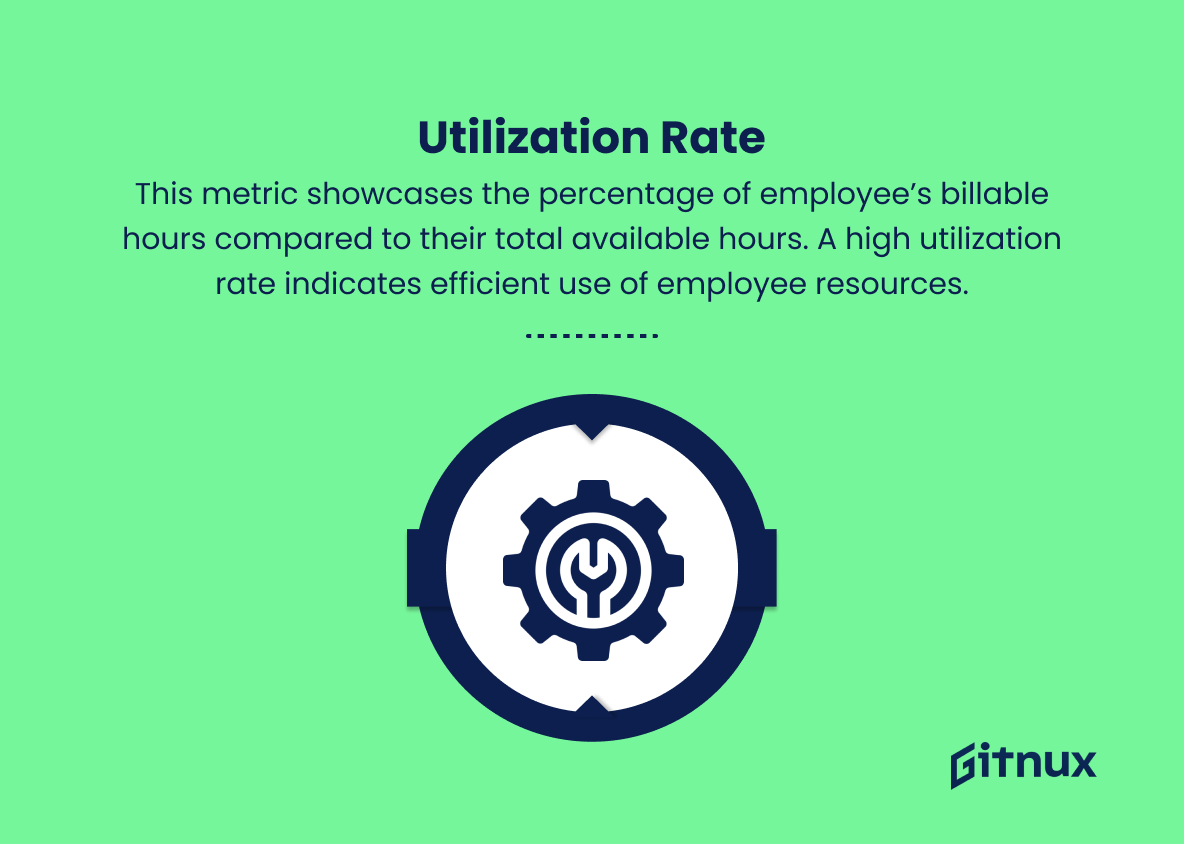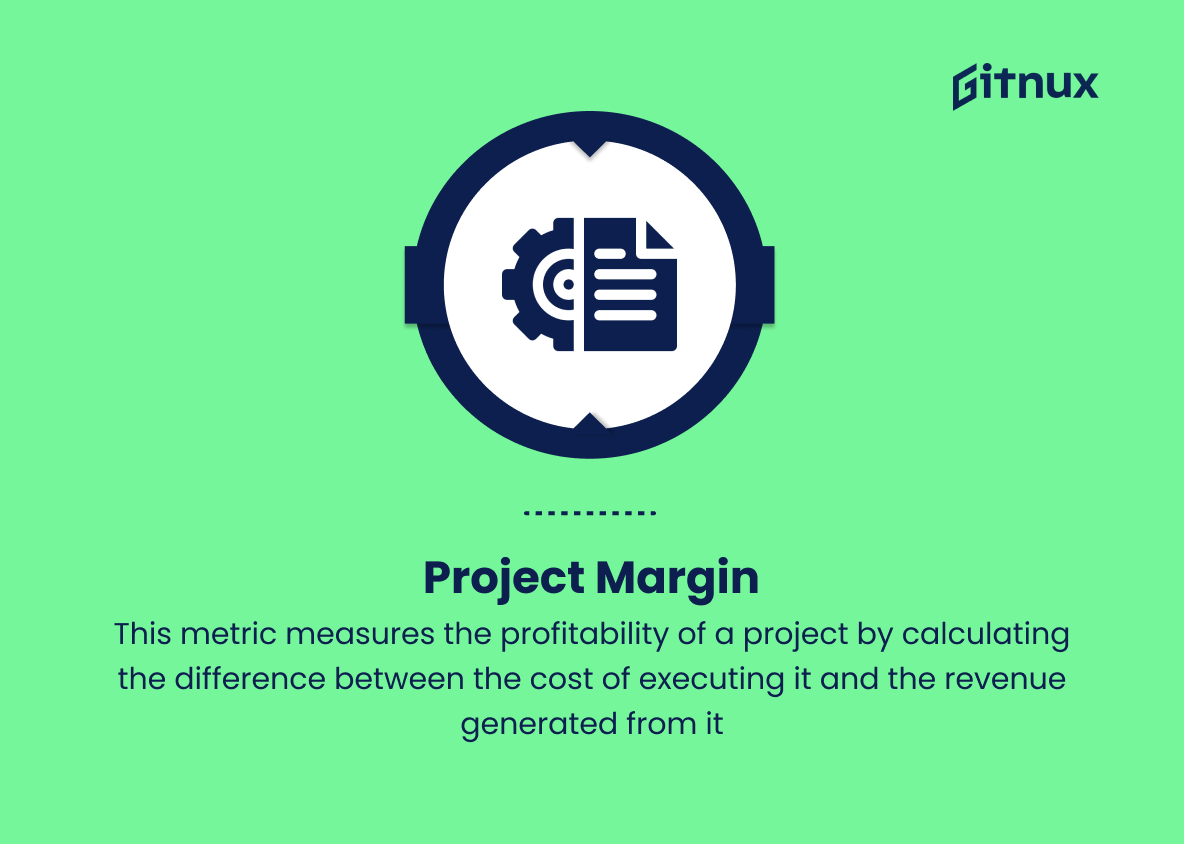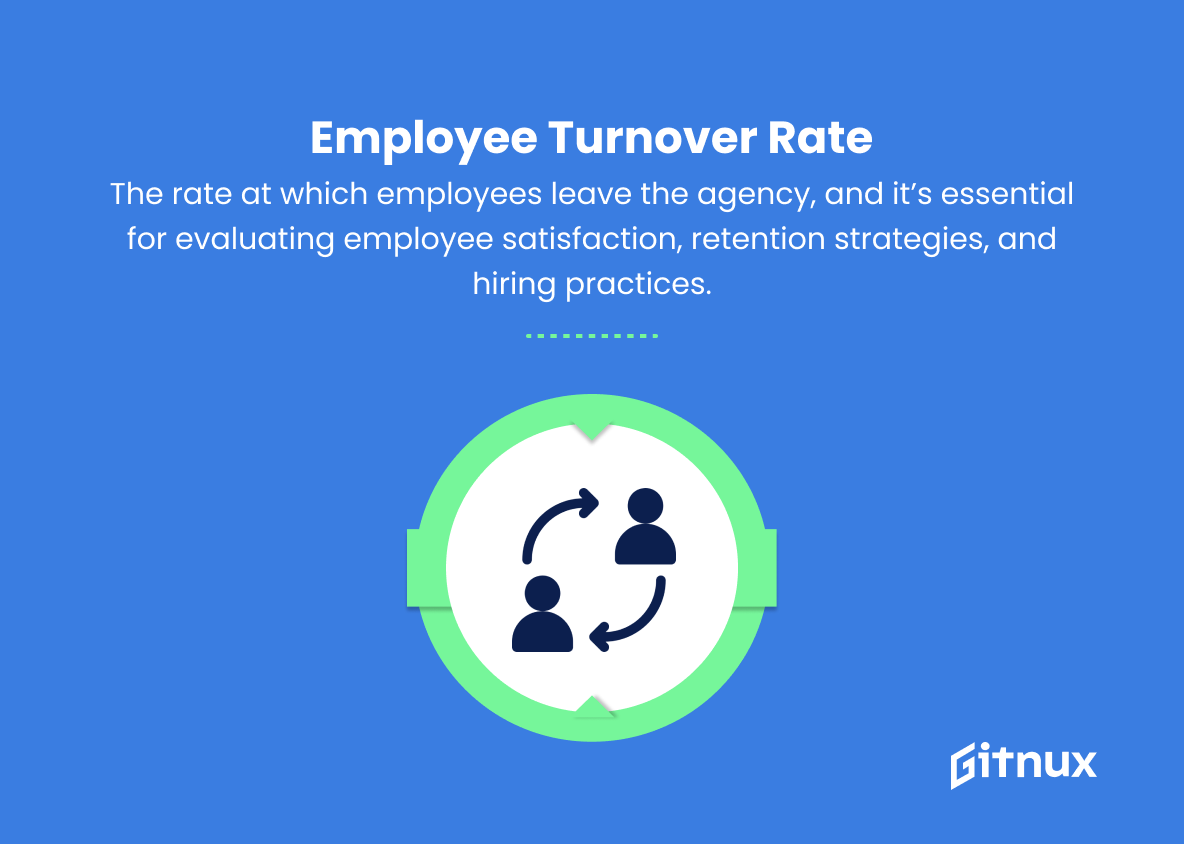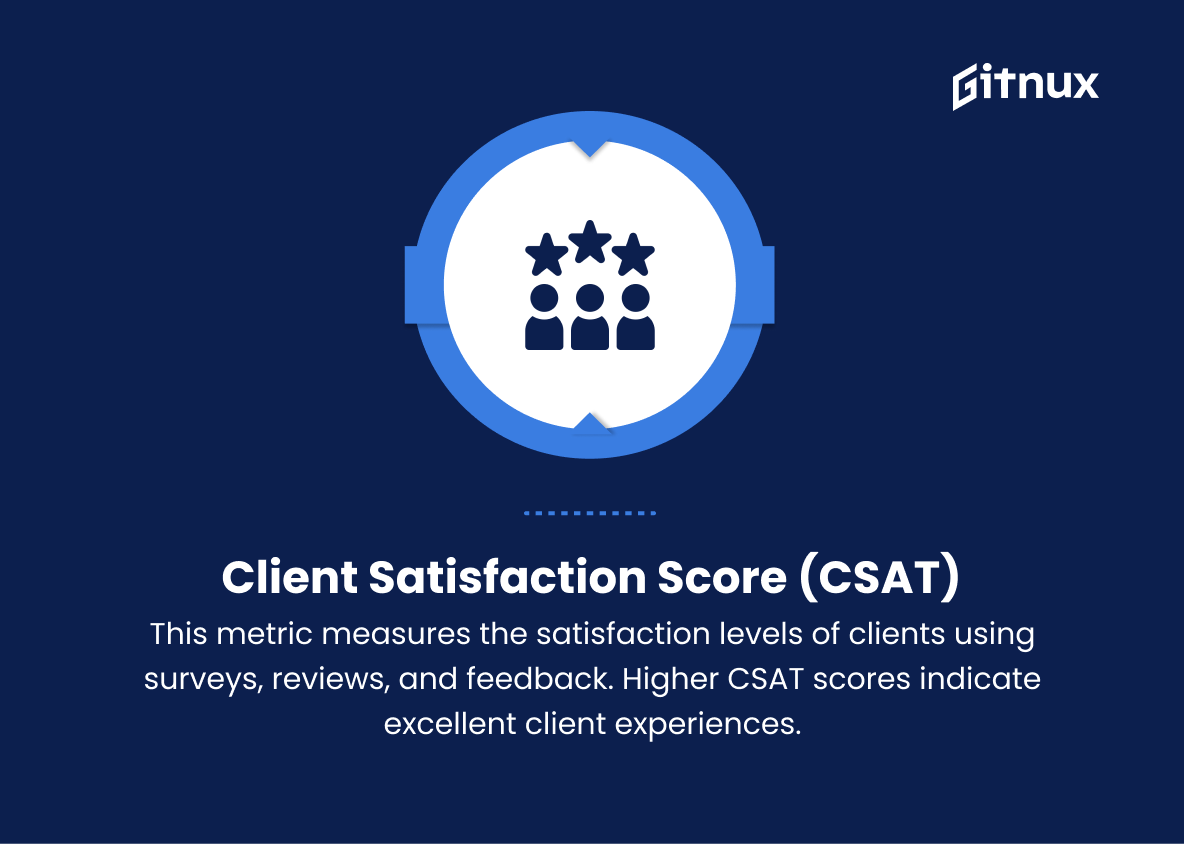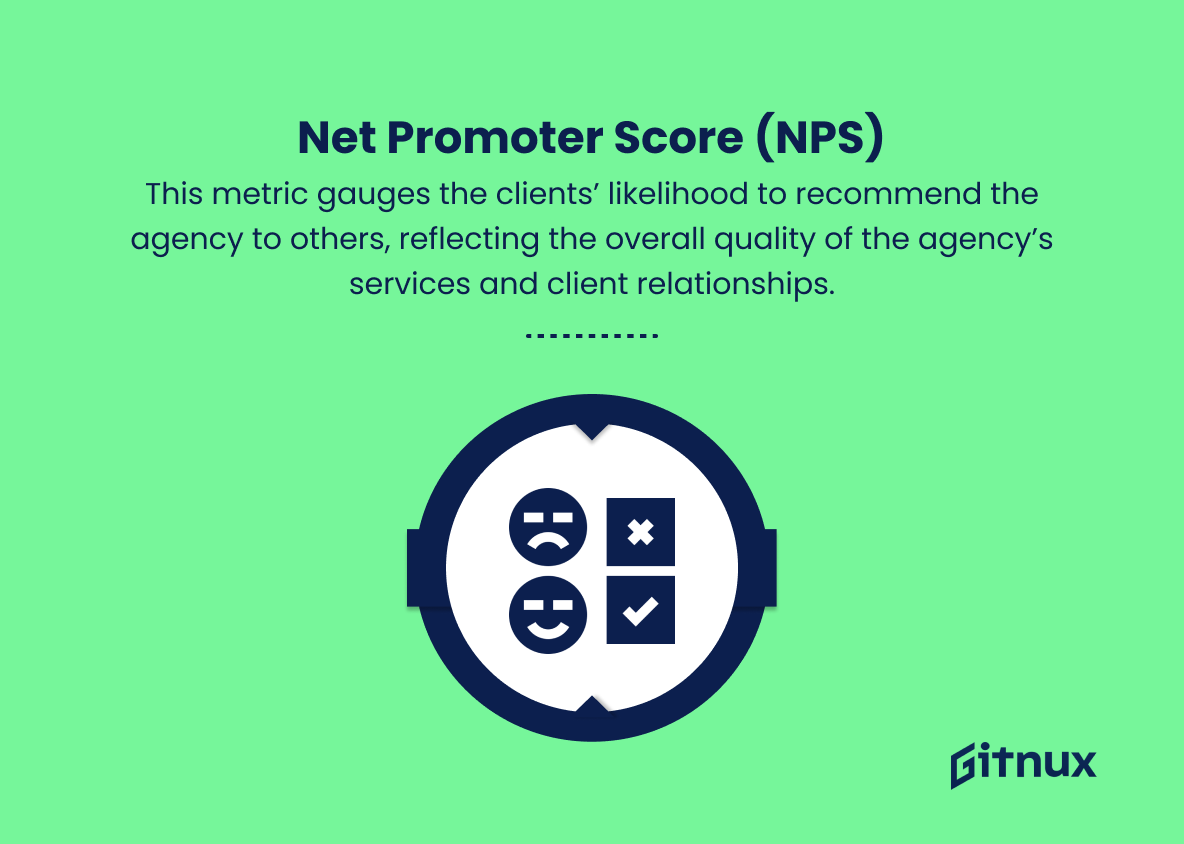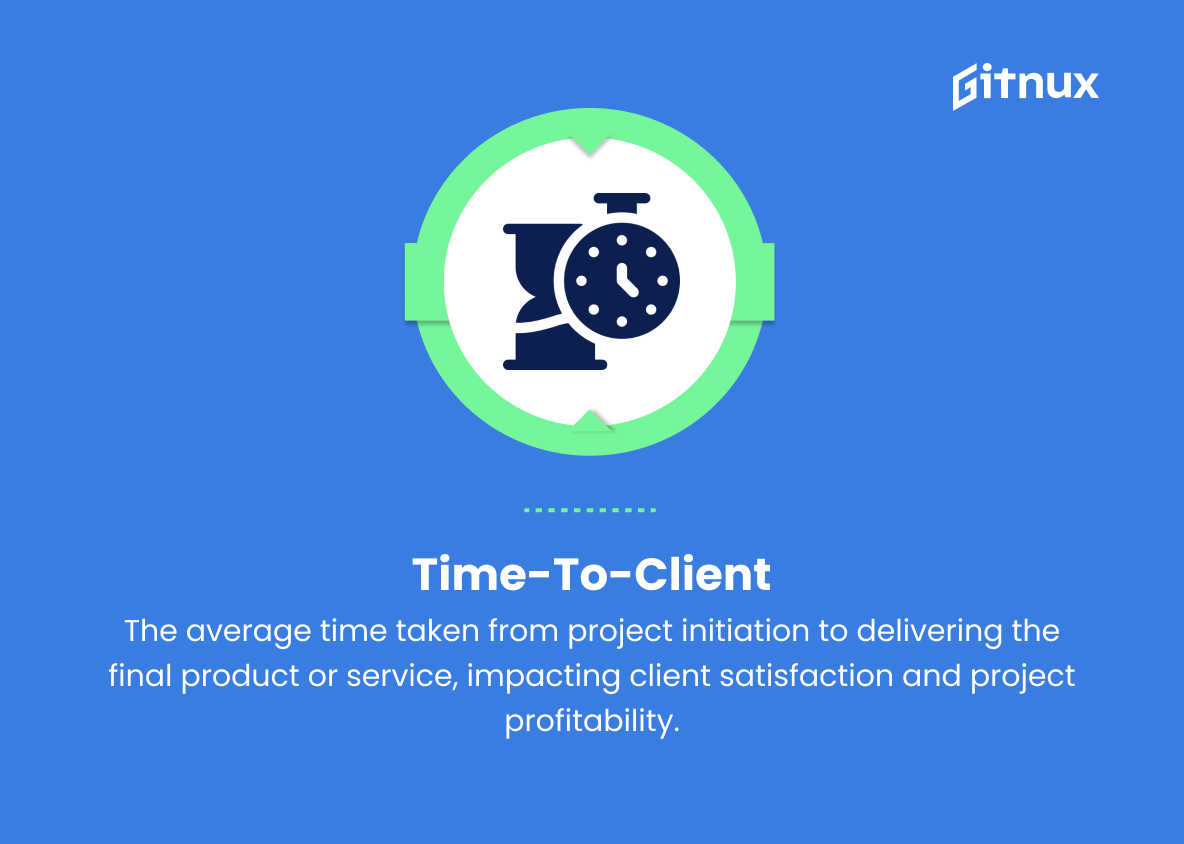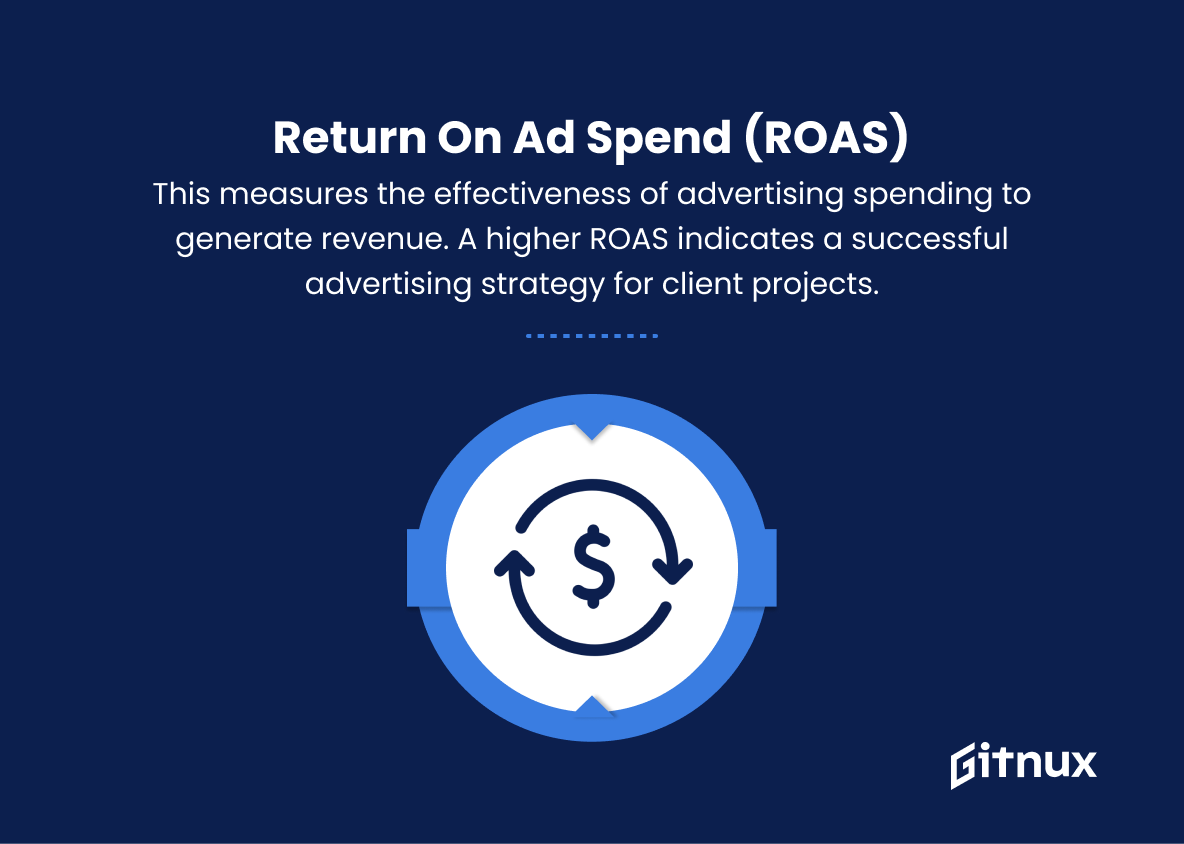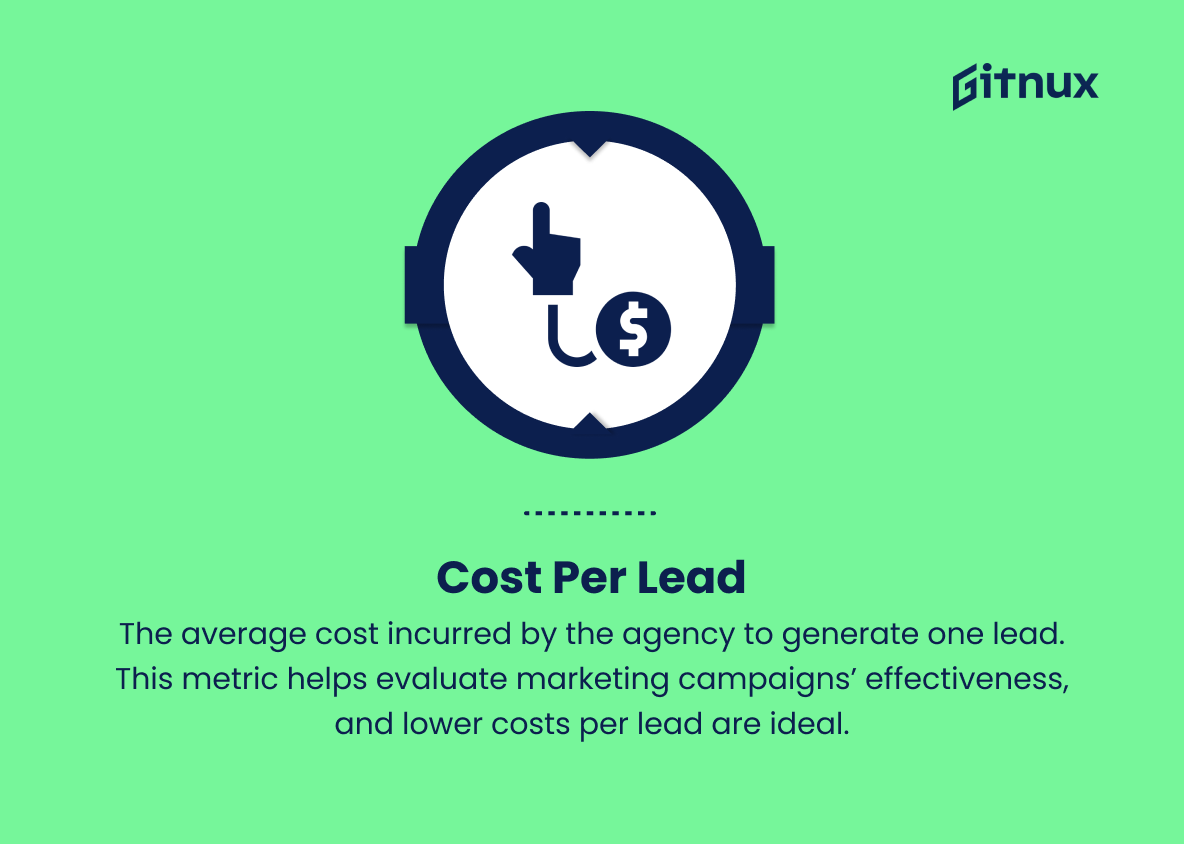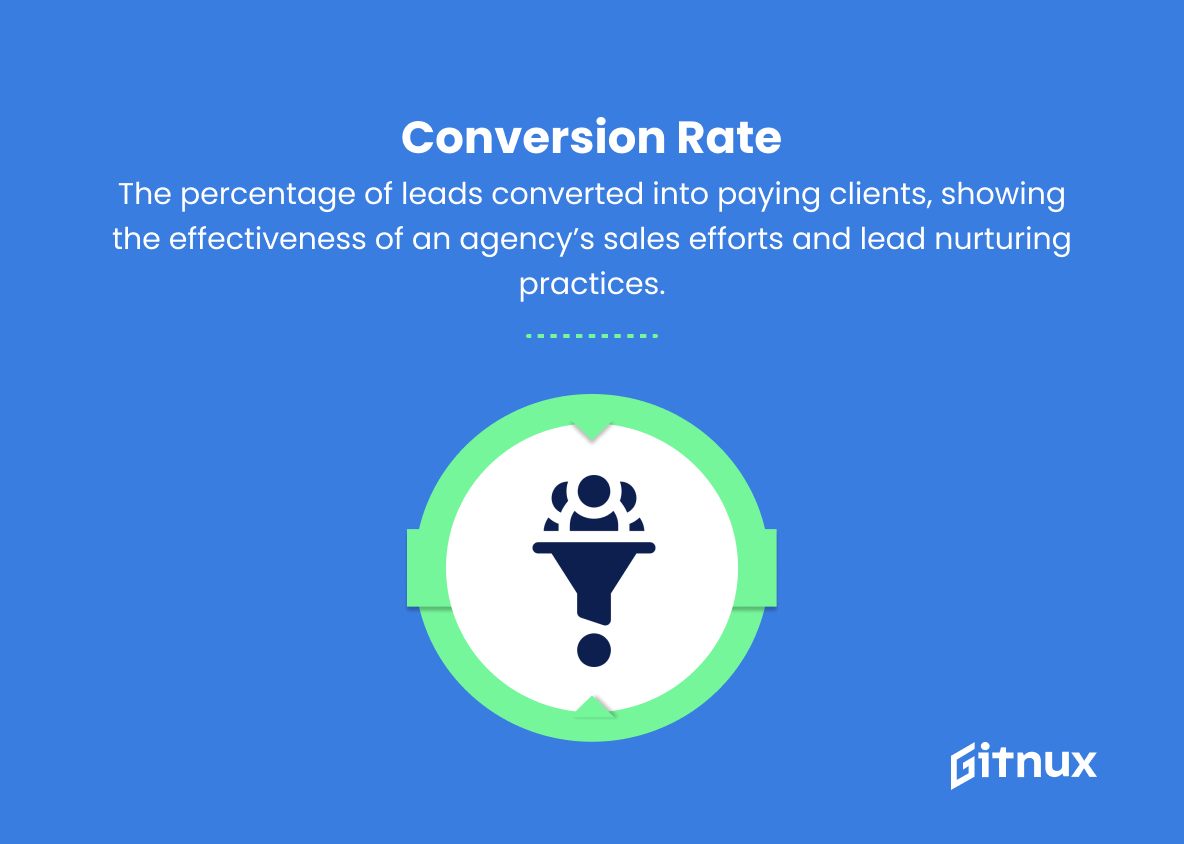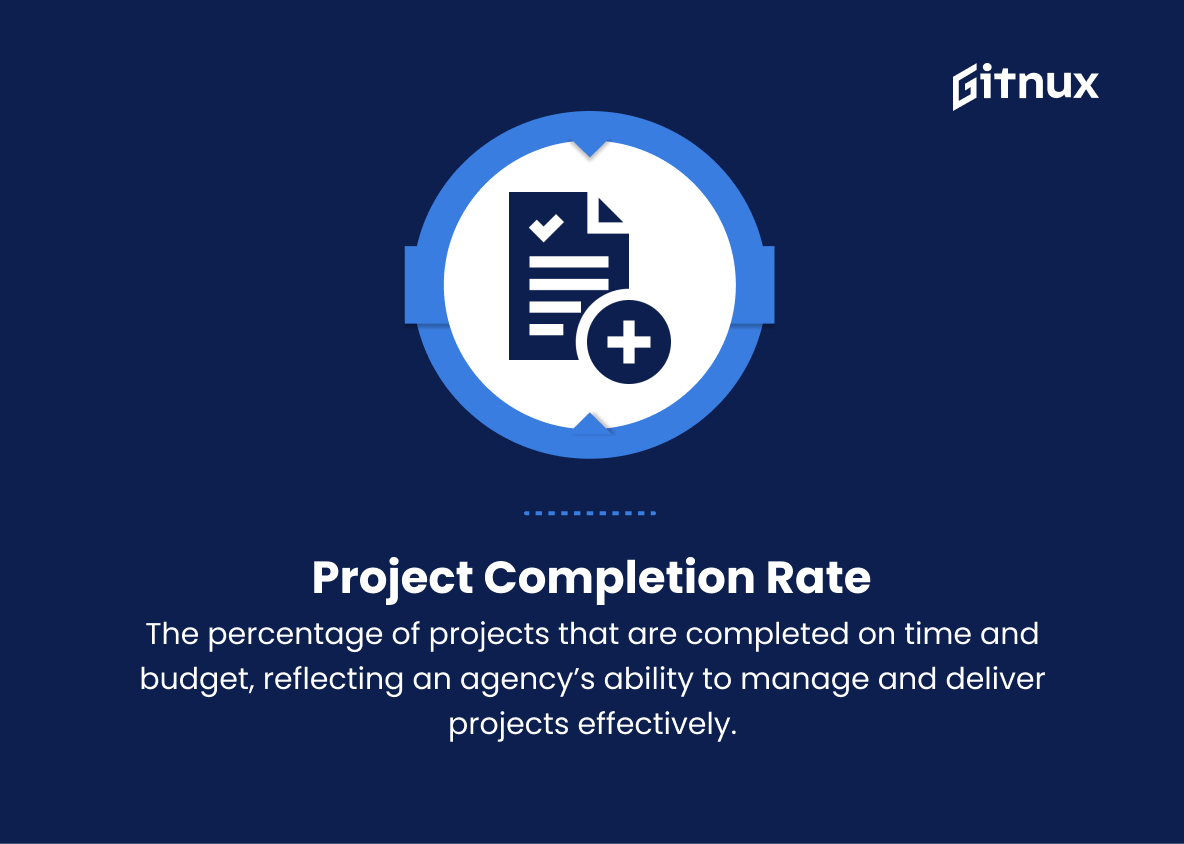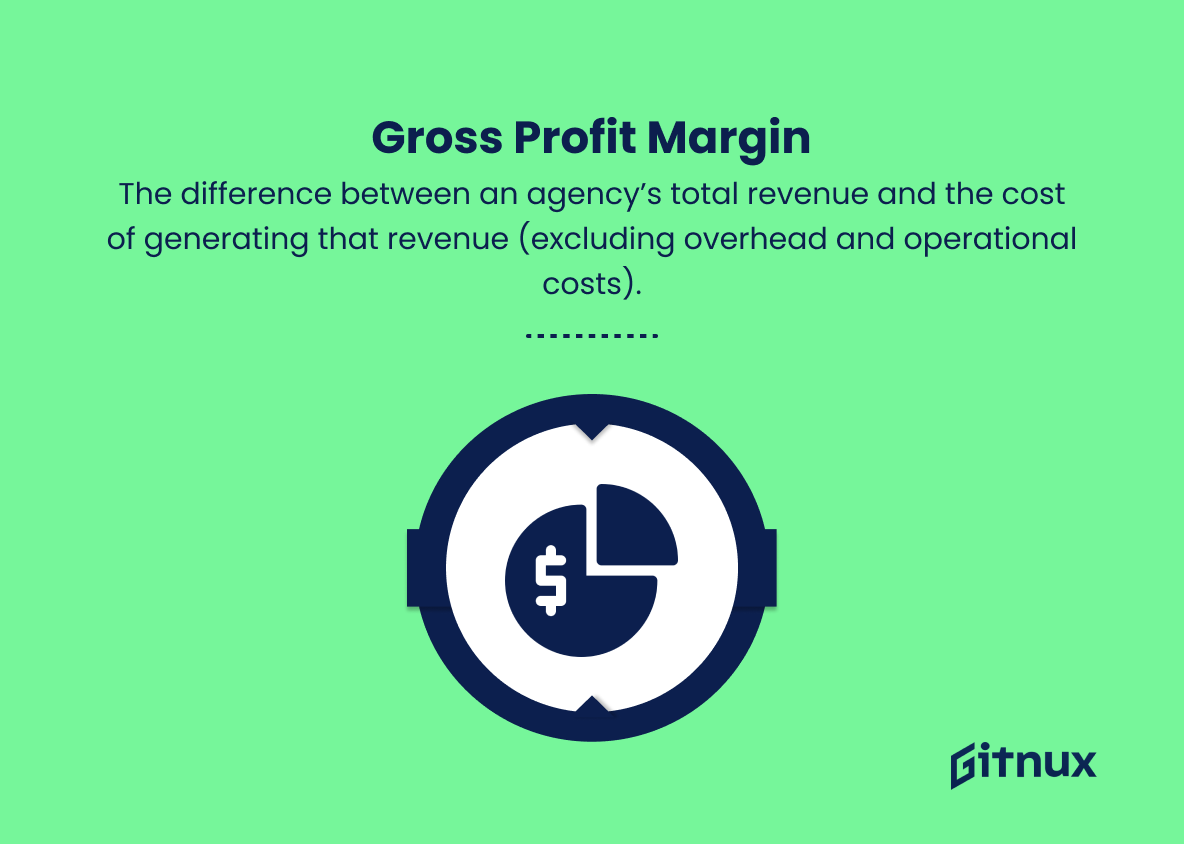In today’s rapidly evolving digital landscape, effective marketing and advertising strategies are crucial for the growth and success of any business. A key aspect of achieving this success lies in understanding and analyzing agency metrics. This blog post aims to provide you with valuable insights into the world of agency metrics, breaking down their importance, the various types available, and how to use them to optimize your marketing and advertising campaigns.
By diving deep into these essential data points, we’ll explore how a data-driven approach can help your business reach its full potential and stay ahead of the competition.
Agency Metrics You Should Know
1. Billable Hours
Metric measures the number of hours that are spent on a project and are billable to clients. It helps in tracking overall productivity and calculating the agency’s revenue.
2. Utilization Rate
This metric showcases the percentage of employee’s billable hours compared to their total available hours. A high utilization rate indicates efficient use of employee resources.
3. Client Retention Rate
This metric calculates the percentage of clients retained over a specific period. A high client retention rate reflects client satisfaction with the agency’s services.
4. Client Acquisition Cost
The cost of acquiring a new client, including marketing, sales, and other spent resources. Lower client acquisition cost is desirable as it indicates optimized marketing and sales strategies.
5. Project Margin
This metric measures the profitability of a project by calculating the difference between the cost of executing it and the revenue generated from it. Higher project margins demonstrate an agency’s effectiveness in delivering projects.
6. Employee Turnover Rate
The rate at which employees leave the agency, and it’s essential for evaluating employee satisfaction, retention strategies, and hiring practices.
7. Client Satisfaction Score (CSAT)
This metric measures the satisfaction levels of clients using surveys, reviews, and feedback. Higher CSAT scores indicate excellent client experiences.
8. Net Promoter Score (NPS)
This metric gauges the clients’ likelihood to recommend the agency to others, reflecting the overall quality of the agency’s services and client relationships.
9. Time-to-client
The average time taken from project initiation to delivering the final product or service, impacting client satisfaction and project profitability.
10. Return on Ad Spend (ROAS)
This measures the effectiveness of advertising spending to generate revenue. A higher ROAS indicates a successful advertising strategy for client projects.
11. Cost per Lead
The average cost incurred by the agency to generate one lead. This metric helps evaluate marketing campaigns’ effectiveness, and lower costs per lead are ideal.
12. Conversion Rate
The percentage of leads converted into paying clients, showing the effectiveness of an agency’s sales efforts and lead nurturing practices.
13. Project Completion Rate
The percentage of projects that are completed on time and budget, reflecting an agency’s ability to manage and deliver projects effectively.
14. Gross Profit Margin
The difference between an agency’s total revenue and the cost of generating that revenue (excluding overhead and operational costs). Higher profit margins indicate a more profitable and well-managed agency.
15. Overhead Rate
This metric measures the proportion of an agency’s overhead costs (e.g., rent, utilities, and administration expenses) compared to its total revenue. Lower overhead rates are desirable as they signify efficient management of agency resources.
Agency Metrics Explained
Billable Hours, Utilization Rate, Client Retention Rate, Client Acquisition Cost, Project Margin, Employee Turnover Rate, Client Satisfaction Score (CSAT), Net Promoter Score (NPS), Time-to-client, Return on Ad Spend (ROAS), Cost per Lead, Conversion Rate, Project Completion Rate, Gross Profit Margin, and Overhead Rate are all crucial agency metrics that help in evaluating an agency’s performance, efficiency, and profitability.
These measures range from tracking employee productivity and revenue generation to understanding client satisfaction and loyalty. The metrics also aid in optimizing marketing and sales strategies, managing projects effectively, and keeping overhead costs in check. By paying close attention to these metrics, agencies can identify areas of improvement, allocate resources more strategically, and create better experiences for both clients and employees, ultimately leading to long-term success and sustainability in the competitive agency landscape.
Conclusion
In summary, agency metrics play a crucial role in measuring the overall performance and success of a marketing agency. By establishing a comprehensive set of KPIs, you ensure that your agency remains focused on providing quality service, effective campaign management, and significant ROI for clients. The proper implementation of these metrics allows your team to identify areas for improvement, build credibility, and justify investments in new resources or campaigns.
By consistently monitoring and analyzing your agency’s performance, you foster a culture of continuous learning and growth, ultimately contributing to the long-term success and sustainability of your business. Remember, the numbers don’t lie; make it a priority to prioritize agency metrics in order to thrive in the ever-evolving world of digital marketing.
